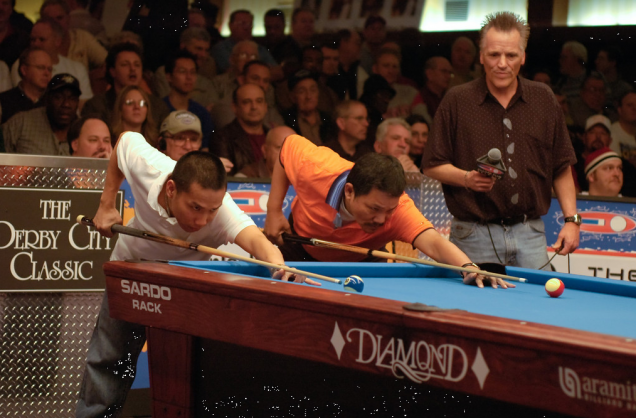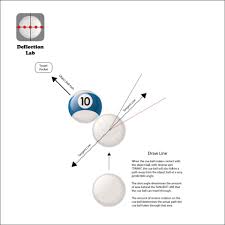
While pool may be similar to croquet in many aspects, it also has its own equipment. The cue sticks are also made from wood. These are used to hit a golf ball with the cue. The cue used in pool is curved and may look different to billiard.
Pool vs Carambola billiards
Although they resemble pool in many respects, carambola billiards are very different. Carambola, unlike pool, is defensive. It is played on a table with cushions, a cue stick, and three balls.
The game of billiards has many different variants. Originating as a lawn game, the game was first played in the 15th Century. The Union Mondiale de Billard, which governs the game, considers it a competitive sport. This governing board is composed of smaller organizations such as: the World Pool-Billiard Association; the Asian Pocket Billiard Union; the Billiard Congress of America; and the European Pocket Billiard Federation.

Eight ball pool
Eight-ball pool, a variation of billiards, is a game for two. It can be played by one player or two. Each player uses a triangular rack and must place fifteen object balls on it. These balls should not be in solids but in stripes. The eight ball must be in the middle.
Eight-ball pool, the most commonly played variant of billiards, is the most widely used. Other names for the game include stripes and solids and pocket billiards. Regardless of the name, eight-ball pool has the same objective: to hit all of the balls with a cue ball. However, the rules and game mechanics are different. The eight-ball game is governed by several international bodies, including the World Pool-Billiard association, the European Blackball Association, and the World Eight-ball Pool Federation.
Pocket billiards or pool?
Sometimes, the two table games pocket pool and pocket billiards are confused. Although they are very similar, there are many differences between the two games. The biggest difference is the size of the table. The tables of pocket billiards are often larger than the tables on pool tables. Billiard balls are generally larger than pool balls and billiards cues tend to be thicker and longer.
In the backrooms and bars of pubs, pocket billiards was an early game where players could wager on the outcome. In the 19th Century, it was popular enough that it could be played in public parlors. Michael Phelan, who published the first book about the game in 1850, was a popular author whose articles and books helped to fuel its popularity. The game has been through many ups as well as downs but remains a high-quality game for serious players.

Billiards vs. pool cues
Billiards, which involves using a cuestick, is a popular sport. Players use the cue stick to hit white cue balls. They lean on the green felt tables. They aim to get the balls into their pockets. The cues in pool and billiards share the same basic characteristics.
The upper part of a billiard cue is called the shaft. The shaft has a significant impact on the cue's performance and quality. Most cues are made of wood, although some cues may be made from other materials. The quality and characteristics of the cues will be determined by what type of wood is used.